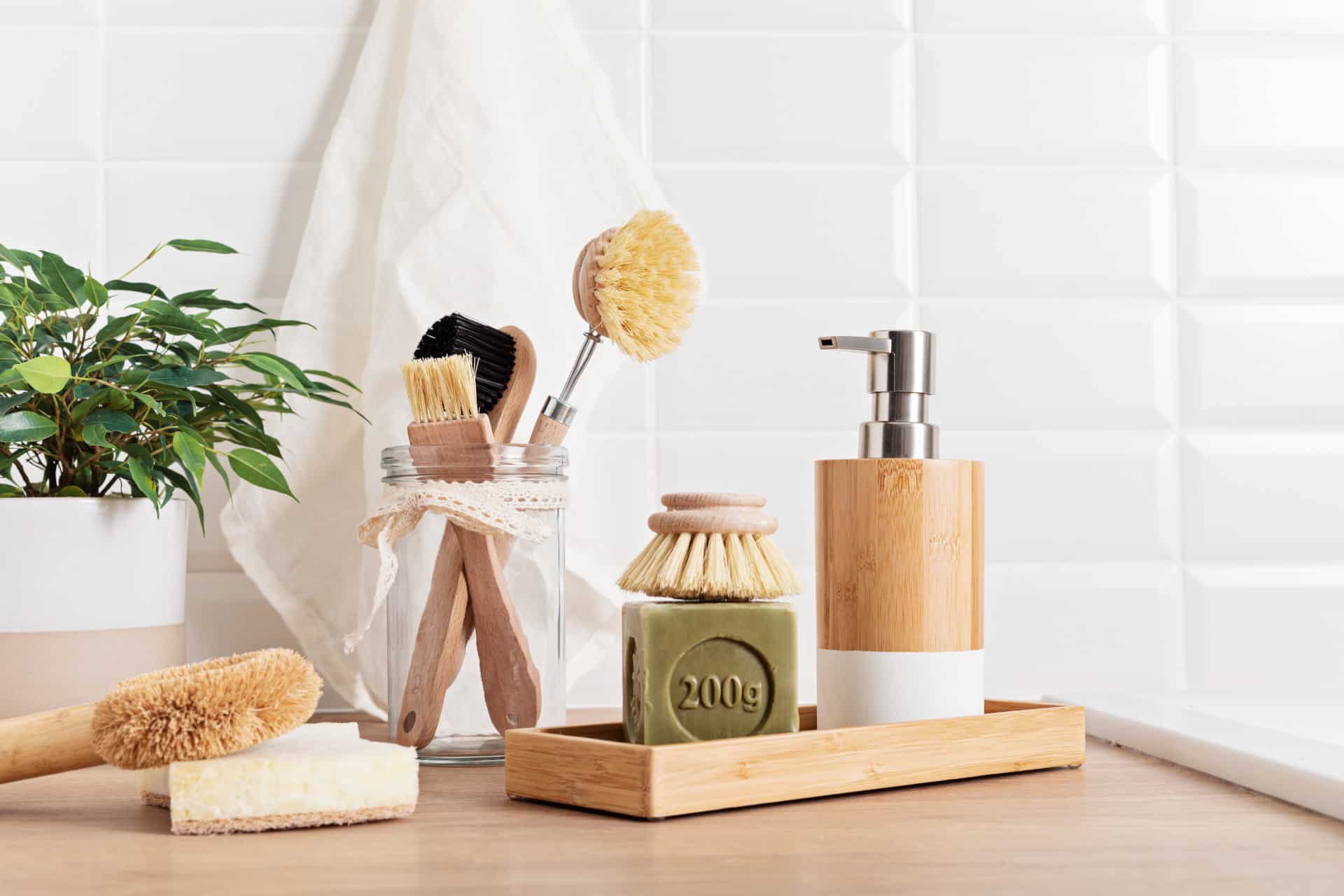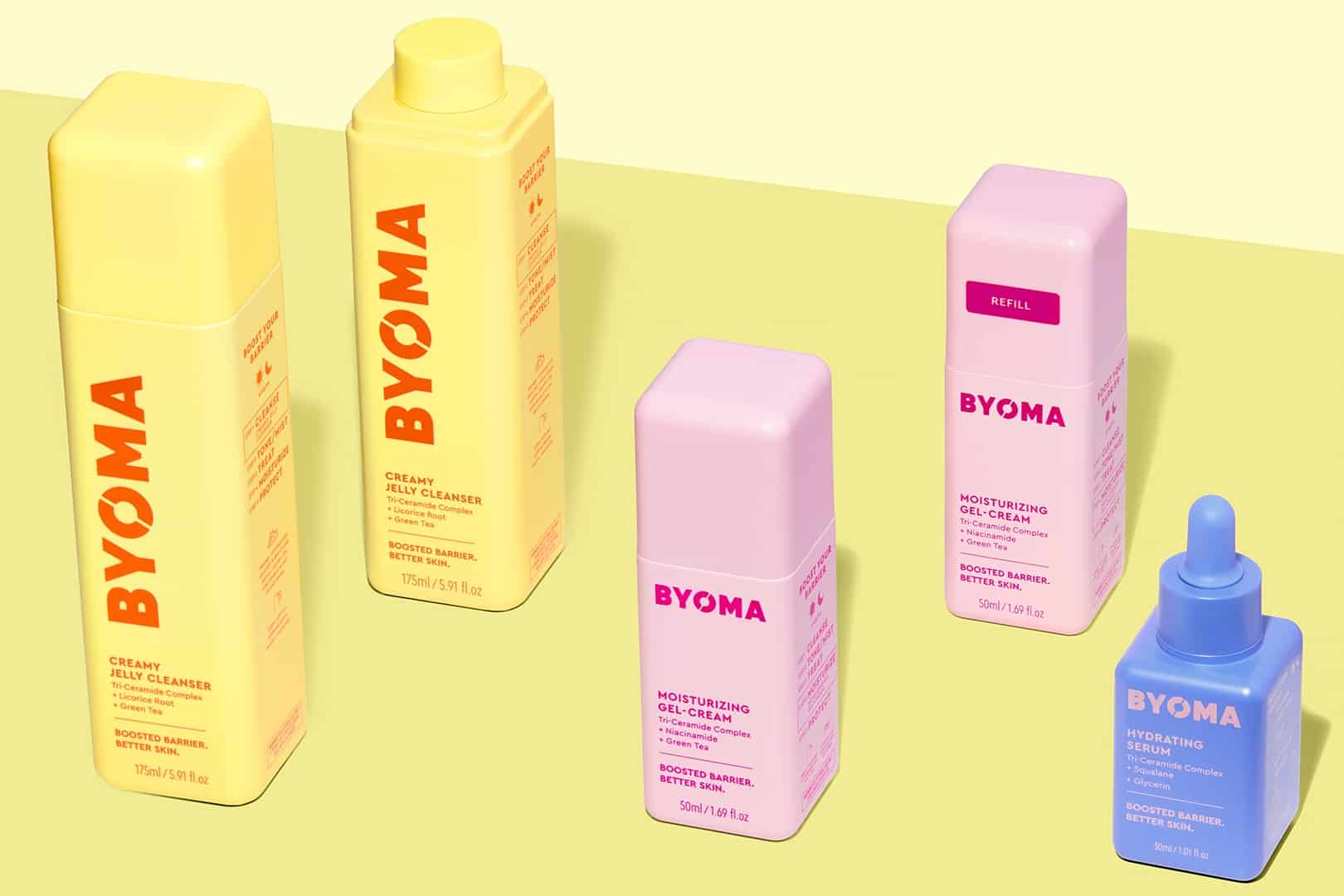The 7 Best Reusable Pads (For a Non-Toxic Period)
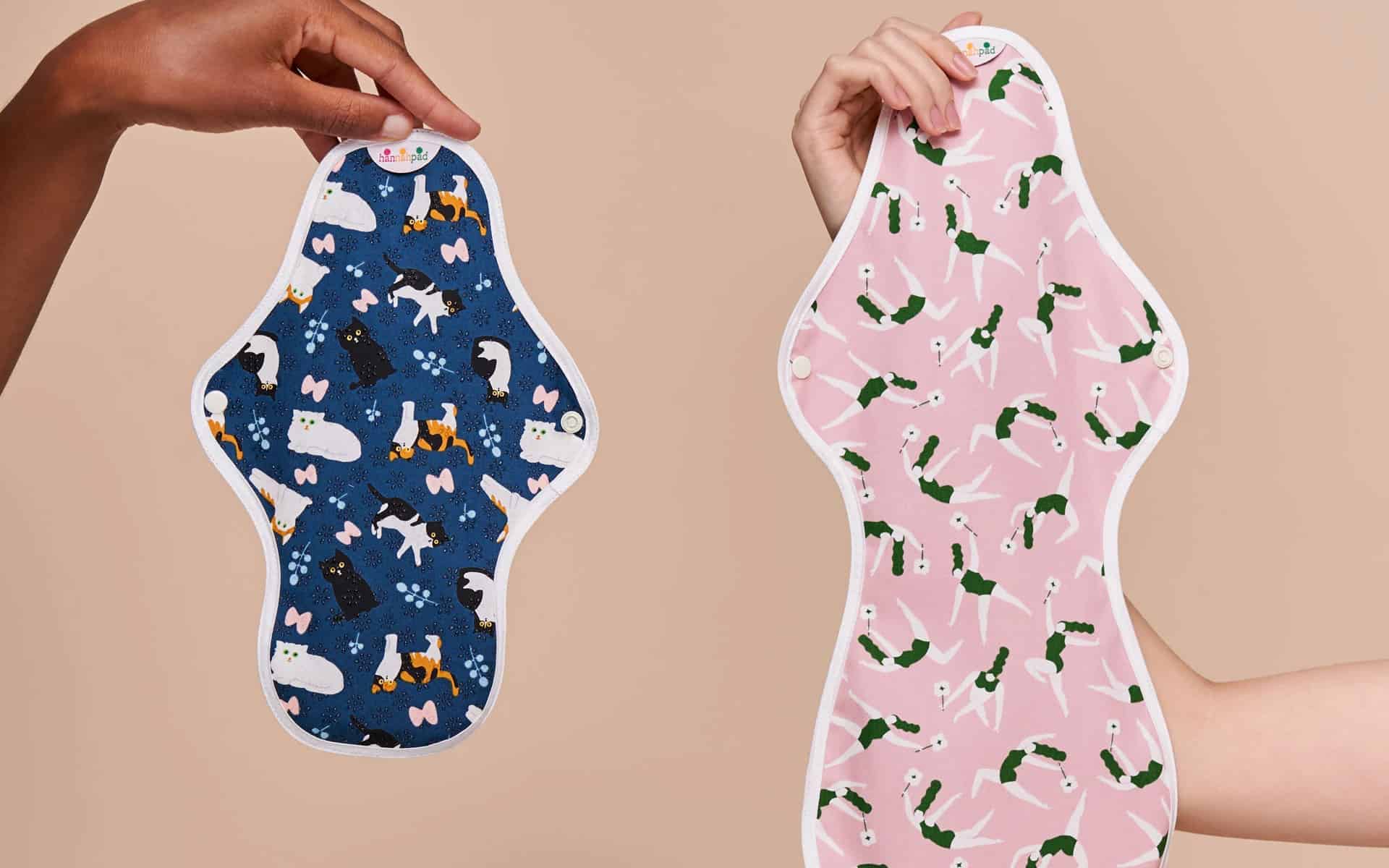
If you think reusable pads are only for crazy hippy ladies, think again. Most women looking into reusable pads are simply interested in alternative, potentially safer and more eco-friendly ways to deal with their periods.
7 Great Choices for Reusable Cloth Pads
Below are seven brands offering good-quality reusable cloth pads. Some of the brands offer 100% organic cotton, but not all. Any of these would be a great choice for anyone looking to try out reusable cloth pads.
LUCKYPADS

LUCKYPADS sells a large range of GOTS-certified organic cloth pads. The top layer is made of the organic cotton and the inner layer is made from TPU (thermoplastic polyurethane) to make it leak-proof.
With free shipping and inexpensive prices (less than $10 when bought in multiples – (USE CODE GLOWINGNEST10 for 10% off), these are a good choice. They are, however, made in China if that’s a concern.
GladRags
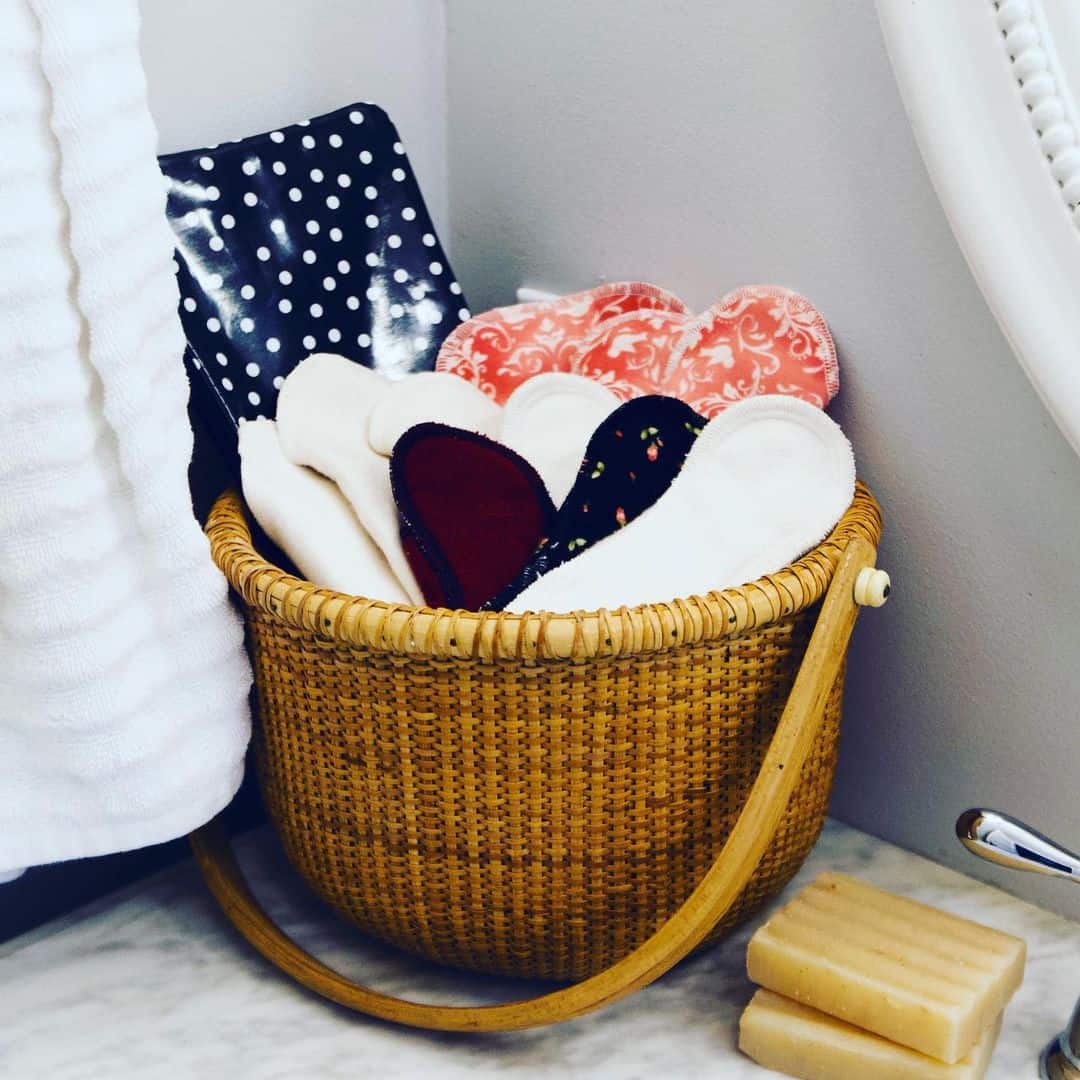
GladRags offers a line of reusable cloth pads in both organic and non-organic varieties. You can choose from pantyliners, day pads and night pads.
The colored pads use conventional cotton fabric while the organic pads are unbleached and use GOTS-certified organic cotton.
The prices are fair, but at close to $20 for the uglier organic cotton line, you might want to look elsewhere.
New Moon Pads
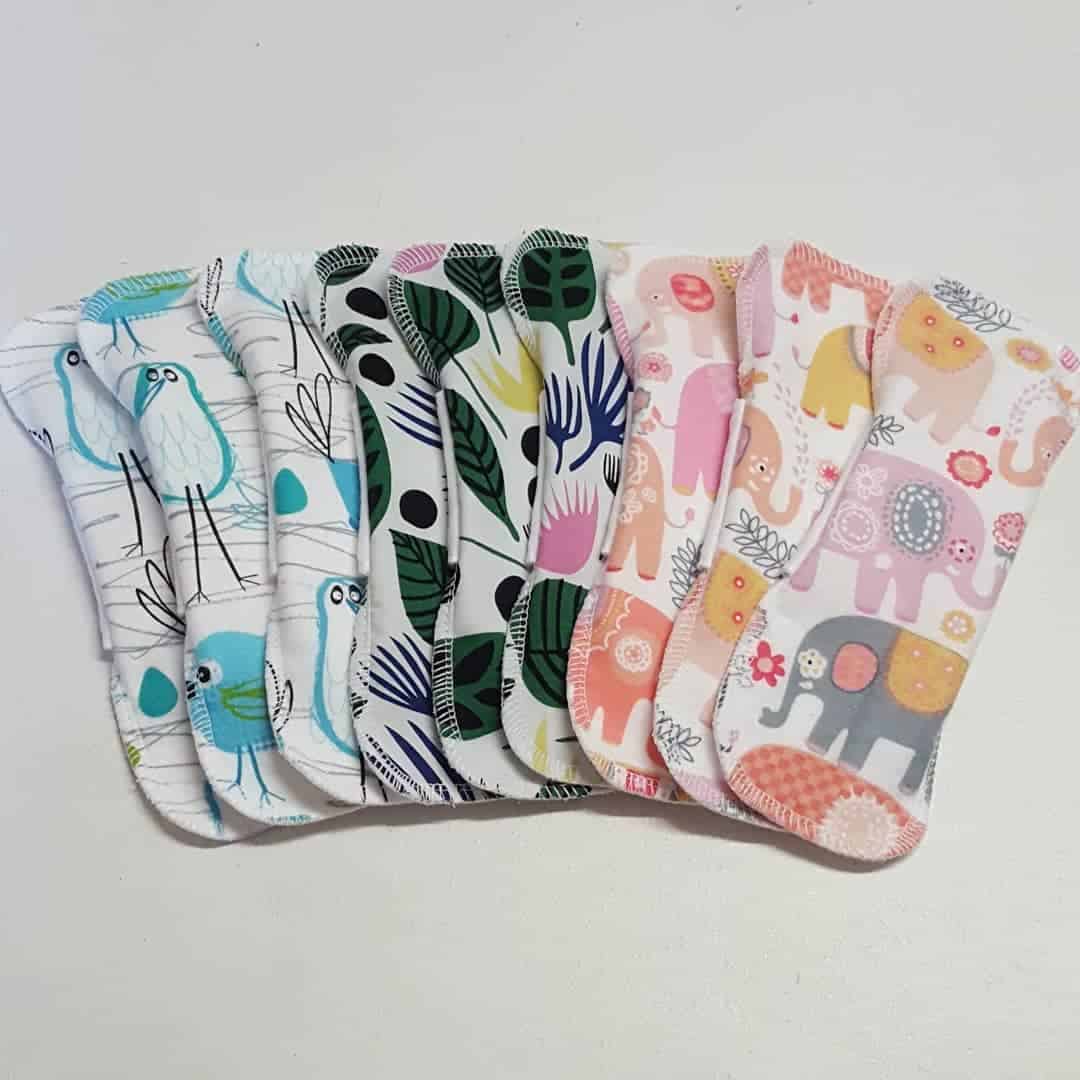
They offer both 100% GOTS-certified organic and non-organic pads as well as 100% cotton flannel. All pads are made in Canada and they offer many different styles and patterns to choose from. Free shipping is offered over $39 to both the US and Canada.
If leaks are your concern, check out their Ultra Pads that have a wrap-around fleece backing.
Hannah

Hannah’s 100% organic cotton cloth pads certified by Control Union, a globally recognized inspection facility. The cotton used in all the internal layers is unbleached and undyed, and they include a TPU waterproof layer to help avoid leaks. The snaps are made with recyclable plastic as well.
They offer pads in a variety of shapes, sizes and colors, and the prices aren’t bad if you buy the sets.
Hannah is a Canadian brand and the pads are manufactured in Korea and Vietnam.
Aisle
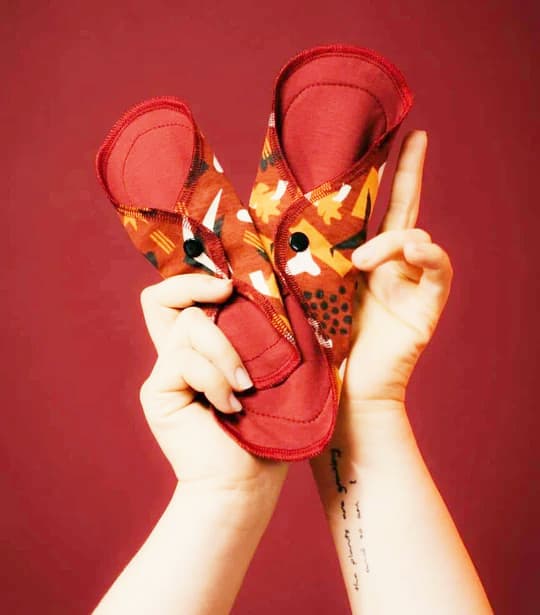
Aisle sells a small variety of cotton pads. They’re not made from organic cotton, however. The materials used are 93/7 cotton/spandex top layer, 80/20 polymide core, and 95/5 cotton/spandex with TPU backing.
The pads are also more pricey compared to other reusuable pads on our list, epsecially considering they aren’t made with organic cotton. Nevertheless, they’re well-reviewed and a valid choice for a reusable pad.
Aisle’s reusable pads are made in Vancouver, Canada.
Smartliners

Smartliners pads are made of 100% GOTS-certified organic cotton. The dyes used for the prints are plant-based. THe prices are good and you get a discount for buying in packs of 4 or 8.
They come in individual packs and include a wash/travel pouch—a nice touch. Another nice touch is that the packaging is completely biodegradable.
Rael

Rael has a small line of reusable organic cotton pads available in petite, regular, large and overnight versions. There are no fancy colors or patterns to be found here, though.
The top layer and absorbent layer are 100% organic cotton, but the back layer (the part that doesn’t touch the skin) is non-organic cotton.
A three-pack costs $34 with free shipping.
Why Switch to Reusable Pads?
There are some great reasons to make the switch to reusable cloth pads. Let’s find out.
1. They’re Safer For Your Health
Only recently have we as a society started to look at the possible health effects of traditional pads and tampons, but it looks like this might be a concern. A recent study of popular pad brands found that many of them contain toxic chemicals that can be potentially absorbed into the body. Not good.
2. They’re More Eco-Friendly
You’ll likely use over 10,000 tampons or pads over your lifetime. That’s a lot of plastic waste that ends up in the landfill. It’s estimated that nearly 20 billion (with a b) pads and tampons are discarded each year in North America alone. That’s tons of plastics in our landfills that will take hundreds of years to break down, if they ever do.
On top of that, the plastic used in these products is petroleum-derived, not renewable, and is filled with chemicals that are awful for our environment and ecosystem.
3. You’ll Save a Lot of Money
If you use 10,000 pads or tampons, that adds up to thousands of dollars spent on something you throw in the trash. Using cloth pads will add up to a fraction of that price.
4. You’ll Support Smaller Companies
You won’t hand over your money to a huge corporation like Kotex, who cares very little about you or our environment. Instead, you can support newer, conscious brands or even small indie sellers on Etsy.
5. Many Cloth Pads Have Nice Designs
No more boring, white, bleached plastic pads. Most reusable cloth pads are colorful, have patterns and unique designs, and are just plain nicer to look at. It’s a small thing that just might make your period a little more pleasant.
Things to Keep in Mind Before Trying Reusable Pads
1. Don’t be Ashamed to Rotate Between Disposable and Reusable Pads
Because reusable pads aren’t as absorbent, they can result in leaks on your heavier days. If this is your experience, don’t be ashamed of switching to a disposable pad on days when you might need more absorbency. Not everyone can manage to use reusable pads all the time.
2. Get Used to Proper Care of Your Cloth Pads
Washing your cloth pads isn’t as simple as throwing them in the wash. There are a few important things to know about them:
Important notes about washing cloth pads:
- Never use hot water – Hot water will cause blood stains to set. Always wash in cold water.
- Air dry your pads – Using a clothes dryer on your pads will greatly lower their life expectancy.
- Never use fabric softener or fabric sheets – This will cause the bad to become less absorbent.
- Always wash your cloth pads before first use – This will get rid of any residue or contaminants that might be on the pads from the manufacturing process.
3. Proper Storage of Reusable Cloth Pads
There are two ways you can go with storage: wet storage and dry storage. Some people prefer one or the other, and it comes down to personal preference. Let’s take a look at the difference between dry and wet storage.
Dry Storage – This method is when you take off the soiled pad and store it in a leak-proof bag. Then, at the end of your cycle, you wash the whole collection. For best cleaning results, it’s best to soak them before putting them in the wash.
Wet Storage – This method is where you put the used pads in a bucket of soapy water. This bucket should not have a lid or you will get smells. The bucket and water need proper airflow to avoid smells. At the end of your cycle you wash the whole collection at the same time.
4. Common Concerns With Reusable Cloth Pads
Are Cloth Pads Sanitary?
Yes, cloth pads are sanitary. Chances are you’ve gotten some blood on your underwear before, right? With proper care and washing, cloth pads are completely sanitary and safe to use.
Do Cloth Pads Leak?
It depends. Cloth pads aren’t as absorbent as regular disposables, but disposables can also leak if they get too full. If you typically have a heavy period you might have some issues but you won’t know until you try.
Preventing Stains
If you’re really worried about stains, be sure to rinse any blood off with cold water as soon as possible. Lather a soap and rub it directly into the stain with your fingers. Under cold running water, rub the affected part of the
Dealing With Stains
Stains are going to happen sometimes. If it happens to you, pour hydrogen peroxide directly onto the stain and let it soak in. Don’t let the hydrogen peroxide dry before laundering. With any luck, the stain will come out.
5. Pros and Cons of Cloth Pads
Let’s take a closer look at the positives and negatives of reusable cloth pads.
Pros
- More eco-friendly materials and manufacturing process.
- Softer fabric is less irritating.
- Possibly safer from a health standpoint vs. traditional pads.
- Costs less money than using disposables.
- Quieter than disposables.
- Lots of different sizes, shapes, lengths available.
- No smell.
- You’re not throwing plastic waste into the trash.
Cons
- Not great if you need to change pads when away from home.
- Can be difficult to manage if you don’t have a washing machine at home.
- Slightly bulky.
- Sometimes not as absorbent as traditional pads.
- Storage concerns: they take up more space than traditional pads, you need a place to store used ones, and a place to try.
- You have to wash them.
- You’ll probably feel insecure the first few times you try them until you get used to them.



